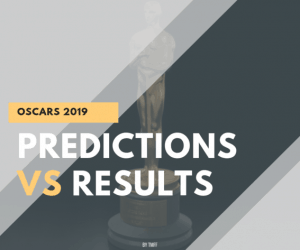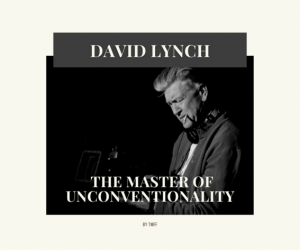The 2018 Oscars came and went, a bit later than the normal scheduling of late February. The 3 hours and 53 minutes long ceremony, hosted by Jimmy Kimmel for the second year running, awarded its famous statuettes to the lucky winners, paid tribute to industry professionals who have passed away since the last edition, and also aligned well with current trends in the industry. You all most likely know who won and who didn’t, so let’s not talk in detail about that and instead focus on a few other interesting aspects.
1. A dwindling audience
2018 gave us the 90th edition of the Academy Awards – a nice round number. However, aggregated viewership figures were surprisingly low: the ceremony garnered a substantially reduced audience when put into perspective with recent editions. Just to feed in the most recent numbers, the 2015, 2016 and 2017 editions had viewership figures of 37 million, 34 million and 33 million respectively, while this year’s edition was watched by a mere 26 million people worldwide – Nielsen TV index. Whether this is due to a sudden shift to streaming, its placement in March (done on purpose to avoid such a scenario – the clash with the Olympic games), having the same host, or simply because of its arguably questionable recent choices in terms of winners, a decrease of 7 million in 12 months is not to be ignored.
2. A shift in the industry’s sociology
The 90th Academy Awards capitalised on the recent Time’s Up movement that made headlines at most other major awards, the Golden Globes and BAFTAs in particular. Focusing on highlighting instances of sexual assault in the industry after the Harvey Weinstein case of late last year, the movement centres around kicking harassment out of the industry, but also aligns itself with the larger objective of achieving gender equality in terms of both pay and opportunities. Highlighted in a special presentation, as well as in many acceptance speeches, Time’s Up was properly marketed and we can only hope that such limelight exposure will help it achieve its goals.
3. Oscars – why so different?
The Academy Award Best Picture winners most of the time matched the selections made by the other big ceremonies in the mainstream industry – namely the Golden Globes and the BAFTAs. Not recently, however. Argo and 12 Years a Slave in 2012 and 2013 were the last two instances where all three events named the same film as their winner. In 2014, the Globes and the BAFTAs chose Boyhood, while the Oscars went for Birdman. One year later, the first two went for The Revenant, whereas the Oscars decided in favour of Spotlight. The Golden Globes and Academy Awards did agree on Moonlight for 2016, but solely because La La Land, the BAFTA winner, found itself in the Globes’ Best Picture – Comedy category. This year was once again a repeat of the previously mentioned scenario: the Globes and BAFTAs went for Three Billboards Outside Ebbing Missouri, while the Oscars chose The Shape of Water. Personally, I strongly feel that all of these decisions, and especially the latter, were poor ones on the Academy’s side – and I’m now more inclined to look forward to upcoming editions of the Globes and BAFTAs, rather than the Oscars.
4. A 15-minute theft
One of the highlights of the evening was centred around what happened after the ceremony. Frances McDormand’s Best Actress in a Leading Role Oscar statuette went missing, and found itself in the possession of a man called Terry Bryant, who had already filmed himself holding the prize and went around bragging to fellow attendees about his ‘win’. Swiftly recovered after a team of photographers did not recognise Bryant as one of the night’s winners, the Oscar theft made for a funny story that went viral and was extensively discussed the following day.
















